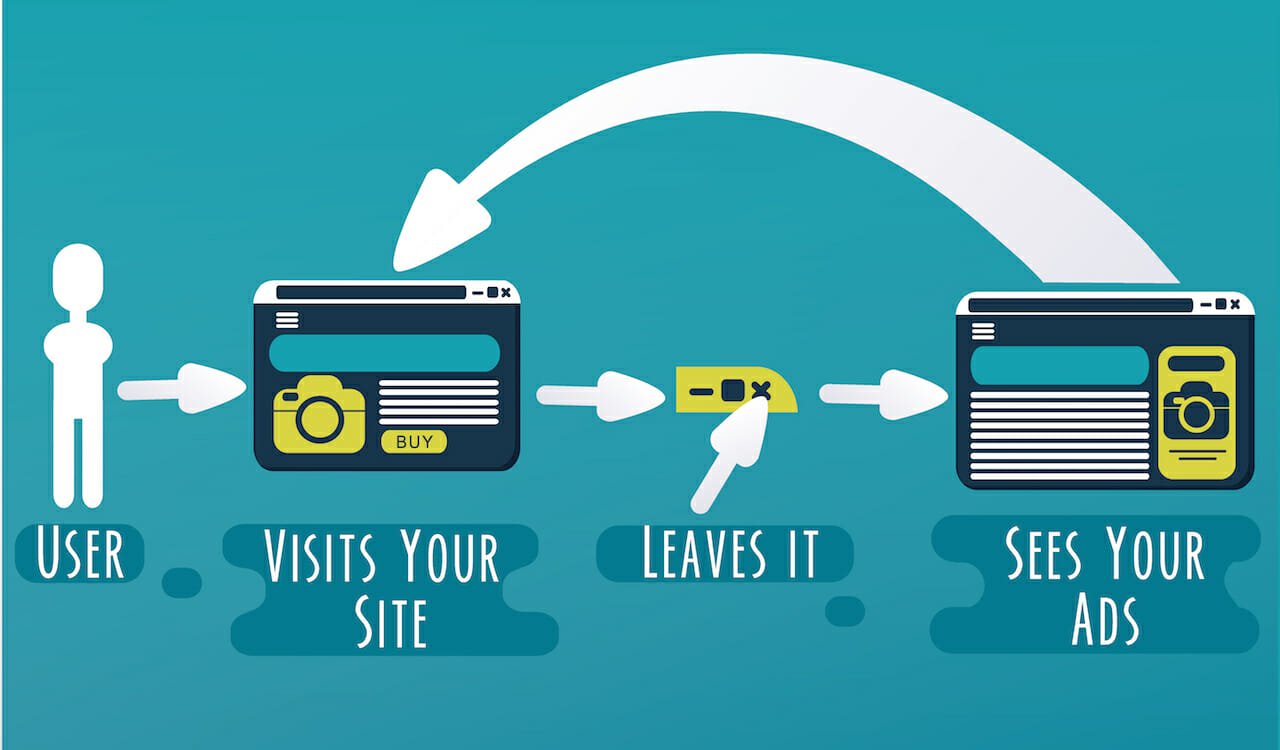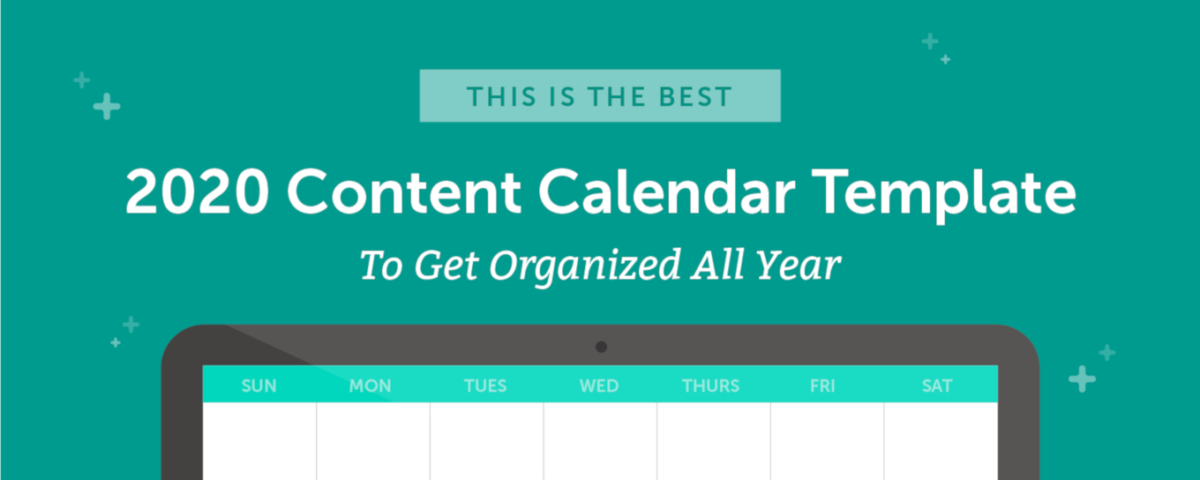
Four Key Factors that Affect the Real Estate Market
June 11, 2020
Facebook Ad Retargeting
June 24, 2020Developing a Content Calendar

Content calendars are extremely important in the success or failure of your content strategy. They help members of your team stay up to date on what you are working on, keep you on track, and help you avoid the panic of creating content last minute.
For this blog post, I wanted to give you some examples of companies across a wide variety of industries that have excellent blog and social media posting schedules. This will give you direct insight into what sets these companies apart from their peers, as well as information about creating your own content calendar.
I chose the following companies to reconstruct their publishing schedule because each organization had an active blog and regular social media presence.
- Redbull – Redbull has created a huge brand with their content. They are basically a publishing company that sells energy drinks.
- BMW- The most popular car brand on instagram. BMW has promoted an aspirational lifestyle that many want to achieve.
- Reverb.com – An e-commerce business specializing in the sale of musical instruments and accessories. They develop content that lets a client see and hear a product before they purchase.
Red Bull
Red Bull has become a massive media powerhouse over the last 33 years, and in doing so they have changed their image from an energy drink company to a lifestyle brand. Their content calendar is jam packed with great content, and they publish a lot of stuff whether it’s blogs, social media messages, videos and more.
- Blogs: 11-12 blog posts per day on Redbull.com
- Facebook: 9-11 posts on FB per day
- Instagram: 7-8 posts on IG per day
- Twitter: 1-2 posts per day, usually with a picture or video
- Linkedin: Less than 1 post per week
What conclusions can be drawn from Red Bull’s content calendar?
- You need to know where your audience is most active. Facebook and Instagram are the platforms that Red Bull’s audience of 20 to 30 year old males is most active on. Therefore it makes sense that Red Bull would publish a larger amount of content on these channels.
- Reuse video content on social media. Red Bull is known for creating amazingly exciting videos and sharing them on a variety of platforms. You might not be able to produce the same level of quality content, but if you are creating video at all you need to repurpose it for your social media platforms. This will give each video more room to garner views.
- Create content that looks and feels authentically like the non-branded content that your audience seeks out. Redbull has created raving fans because those fans don’t feel as if they are being sold to on every post. Use your content to create relationships not just to make sales.
BMW
BMW is a world-renowned luxury vehicle maker. And while their classic design and expensive price tag might be out of reach for some, their content marketing strategy is not.
- Blogs: 7 blogs per day on BMWblog.com
- Facebook: 1-2 posts per day on FB
- Instagram: 3 posts per day on IG
- Twitter: 2-3 posts per day usually with a picture or video
- Linkedin: 23 posts per week
What conclusions can be drawn from BMW’s content calendar?
- Use your blog to show behind the scenes stuff about your business. People are always interested in learning how a product works or how someone does what they do. Use your blog to show them information that they may not get by seeing advertisements or use cases of your product.
- If you sell an expensive product, use social media to reinforce your brand, not make a direct sale. Everyone and their mother knows about BMW and how they make them feel, but because of the hefty price a link to a dealership isn’t going to result in lots of sales. Use your content to promote the luxurious nature of your brand.
- Make people feel like they’re part of the community. Each time someone purchases a BMW, they’re not just purchasing a car, they’re also becoming part of a community.
Reverb.com
Reverb.com is an e-commerce website that sells musical instruments and accessories. They know their audience well and have created a reliable and consistent publishing schedule that’s jam-packed full of content about musicians, new and old instruments and techniques their fans would find interesting.
- Blogs: 2-3 blog posts per day on Reverb.com
- Facebook: 5 posts per day on FB
- Instagram: 2-3 posts per day on IG
- Twitter: 5 posts per day
- Linkedin: 2-3 posts per week
What conclusions can be drawn from Reverb’s content calendar?
- If you’re going to publish a lot of content make sure you do it well. One of the reasons that Reverb.com is so successful is because they tailor their content to best fit their audience. They publish a lot of information, but all of it is executed well.
- Establish trust with your audience. By talking to industry experts, popular musicians and more they have created a brand of authority in the music space. People are more willing to spend big because they know they can trust the products.
- Create content that makes it easy to understand how to use complex products. Reverb does a great job explaining what their product does and how to use it. Their product base can get overwhelming and stressful so Reverb makes it easy to understand and find the dream product their audience is in search of.
Now that you have a few examples to follow, let’s talk about developing your own content calendar.
First, you want to decide what types of content you are going to be developing. There are many different types of content but the key is to start small and gradually increase the different kinds of content you post. The next step is figuring out how many times you want to post per week. Again, start small and gradually increase as you get more efficient. The final step, is figuring out which platforms to post your content to. This will take more research into your ideal clientele compared to the first two steps. Find out which platforms your audience uses the most and start with those. For this step you want to collect insights from each platform you use and determine which is yielding the most for your business. As you grow you can use more platforms, but you need to understand whether or not they are working.
Now that you have examples and a step-by-step guide on developing a content calendar, you can go kill the content game!


